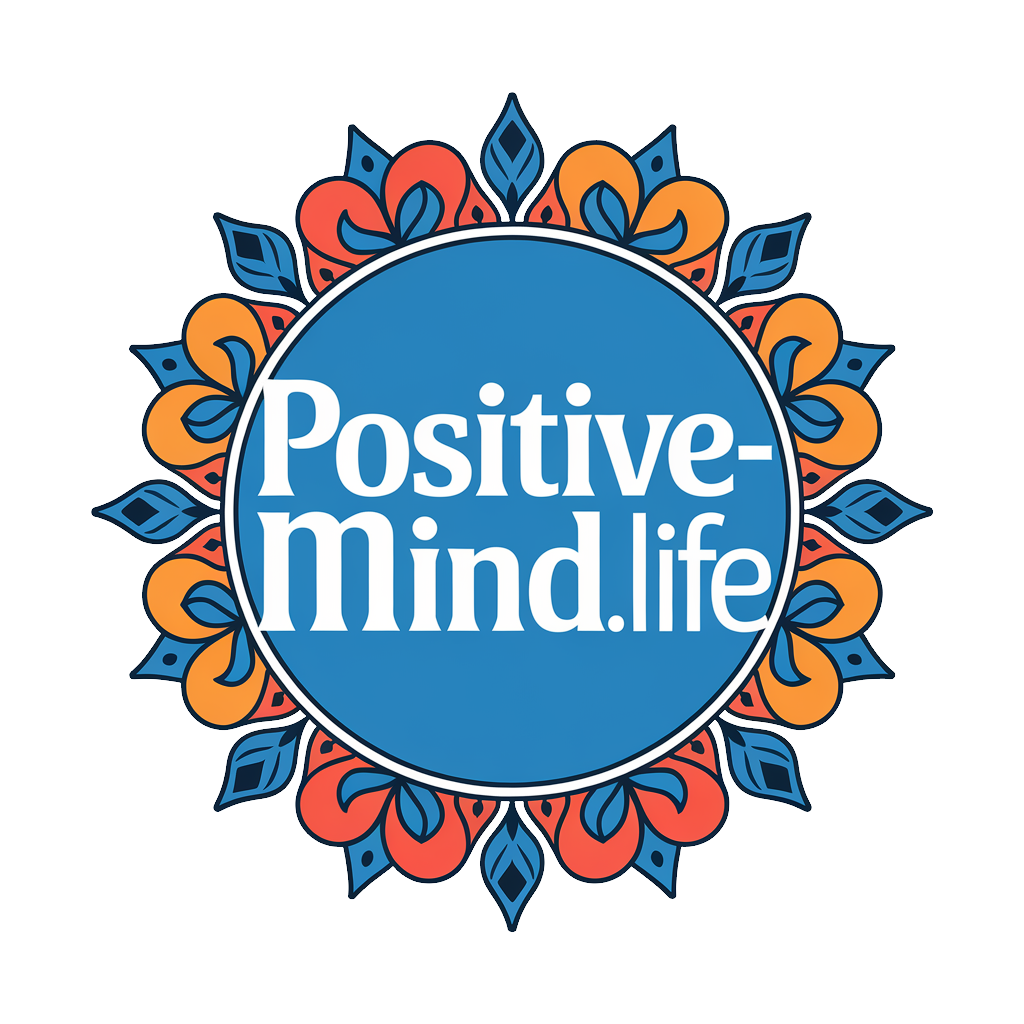Feel Happier in 60 Seconds With These Science-Backed Tips!
You can feel happier in just 60 seconds by trying some simple, science-based techniques. Start with deep breathing: inhale for four counts, hold, then exhale. This activates your relaxation response and lowers stress. Consider power posing to boost confidence and reduce anxiety—just a minute can make a significant difference. Practicing gratitude, whether through journaling or simply reflecting, releases dopamine and enhances your mood. Engage in mindful observation to ground yourself in the moment, or do a quick physical movement to trigger endorphins. Each method provides a powerful emotional shift, and there’s so much more to explore.
Deep Breathing Techniques
Deep breathing techniques can be a powerful tool for enhancing your emotional well-being in just a minute. Research shows that focused breathing can activate your parasympathetic nervous system, which promotes relaxation and reduces stress. When you’re feeling anxious or overwhelmed, taking a moment to breathe deeply can shift your emotional state and help you regain control.
To practice, find a quiet space and take a comfortable seat. Inhale slowly through your nose, allowing your belly to rise, and count to four. Hold for a count of four, then exhale gently through your mouth for another count of four. This simple pattern—inhale, hold, exhale—can help create a sense of calm. Studies indicate that engaging in this technique for just one minute can lower cortisol levels, the hormone associated with stress.
Power Posing Benefits
While deep breathing can help you find calm in stressful moments, another powerful strategy to boost your emotional state is power posing. This technique involves adopting body postures that convey confidence and dominance. Research has shown that even brief power posing can lead to significant changes in your mood and stress levels. When you open up your body and take up space, you can actually influence your hormonal balance, increasing testosterone and decreasing cortisol.
Here are some benefits of power posing:
- Improved Confidence: Standing tall and wide can enhance your self-assurance, making it easier to tackle challenges.
- Reduced Stress: By shifting your body language, you can lower feelings of anxiety and stress, creating a more relaxed state.
- Enhanced Performance: Power posing can help you perform better in high-pressure situations, whether it’s a job interview or a public speaking event.
Practicing Gratitude
Practicing gratitude can significantly elevate your emotional well-being, making it a simple yet powerful tool for enhancing happiness. Research consistently shows that focusing on what you’re thankful for can lead to increased levels of positive emotions, improved mental health, and even better physical health. When you make a habit of expressing gratitude, your brain shifts its focus from what’s lacking to what’s abundant in your life.
You might start by keeping a gratitude journal, jotting down three things each day that you’re thankful for. This practice not only helps you reflect on the positives but also rewires your brain to recognize them more readily. Neuroscientific studies indicate that expressing gratitude activates brain regions associated with dopamine release, which enhances feelings of pleasure and satisfaction.
Additionally, sharing your gratitude with others can strengthen relationships and create a sense of belonging. Whether through a simple thank-you note or a heartfelt conversation, acknowledging others’ contributions fosters connection and empathy.
Incorporating gratitude into your daily routine doesn’t require a lot of time, yet its benefits can be profound. By embracing this practice, you’re taking a significant step toward a happier, more fulfilled life.
Mindful Observation
Mindful observation cultivates awareness and presence, allowing you to connect with the world around you in a deeper way. This practice encourages you to engage your senses fully, helping to ground you in the moment. Research shows that mindfulness can reduce stress and enhance emotional well-being, fostering a sense of happiness and contentment.
To start practicing mindful observation, consider these tips:
- Focus on your surroundings: Take a moment to notice the colors, shapes, and textures around you. This heightened awareness can shift your perspective and enhance your mood.
- Engage your senses: Listen to the sounds in your environment, feel the temperature of the air, or smell the scents nearby. Engaging your senses can anchor you to the present moment.
- Embrace curiosity: Approach your surroundings with a sense of wonder. Ask questions about what you observe, which can stimulate your mind and increase positive feelings.
Quick Physical Movement
Building on the awareness cultivated through mindful observation, incorporating quick physical movement can significantly elevate your mood and overall sense of well-being. Research shows that engaging in even brief bursts of physical activity—like a quick walk, jumping jacks, or stretching—can trigger the release of endorphins, the body’s natural mood lifters. This physiological response not only reduces stress but also enhances cognitive function, enabling you to think more clearly and make better decisions.
Moreover, these quick movements can interrupt negative thought patterns, providing a mental reset. When you get your body moving, you’re also shifting your focus away from worries, creating a space for positivity to thrive. It’s important to note that you don’t need a gym or extensive time; just a minute or two can make a significant difference.
Listening to your body during these moments is key. If you feel tension or fatigue, a few gentle stretches can rejuvenate you. On the other hand, if you’re feeling restless, higher-intensity movements can help you release pent-up energy. By integrating quick physical movements into your routine, you’re not just improving your mood—you’re fostering a healthier, more resilient mindset.
Frequently Asked Questions
How Often Should I Practice These Techniques for Best Results?
How often should you practice these techniques? Ideally, daily engagement can reinforce positive habits and enhance your emotional resilience. Consistency leads to better results, so consider integrating them into your routine for lasting benefits.
Can These Tips Help With Long-Term Mental Health Issues?
While these techniques can offer short-term relief, they’re not substitutes for professional help. For long-term mental health issues, consistent practice combined with therapy or counseling can yield more significant, lasting benefits for your well-being.
Are There Any Risks Associated With These Happiness Techniques?
Yes, there can be risks. If you rely solely on quick happiness techniques, you might neglect deeper issues. It’s important to balance these methods with professional support and self-reflection to ensure lasting emotional well-being.
How Do I Incorporate These Practices Into a Busy Schedule?
To incorporate happiness practices into your busy schedule, start small. Try a minute of gratitude during breaks or mindful breathing while commuting. Consistency matters, so gradually weave these moments into your daily routine for lasting effects.
What if I Don’t Feel Immediate Results From These Methods?
If immediate results don’t hit you like a lightning bolt, don’t fret. Change takes time. Research shows consistency is key; keep practicing, and you’ll likely notice gradual shifts in your mood and outlook.





